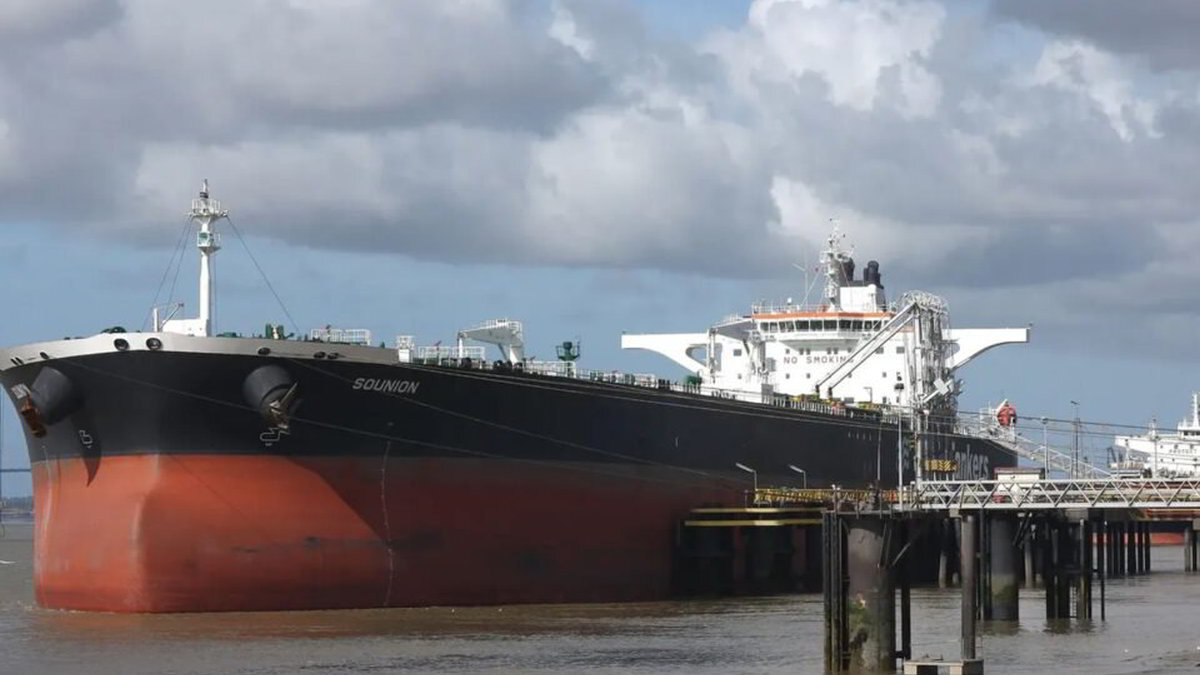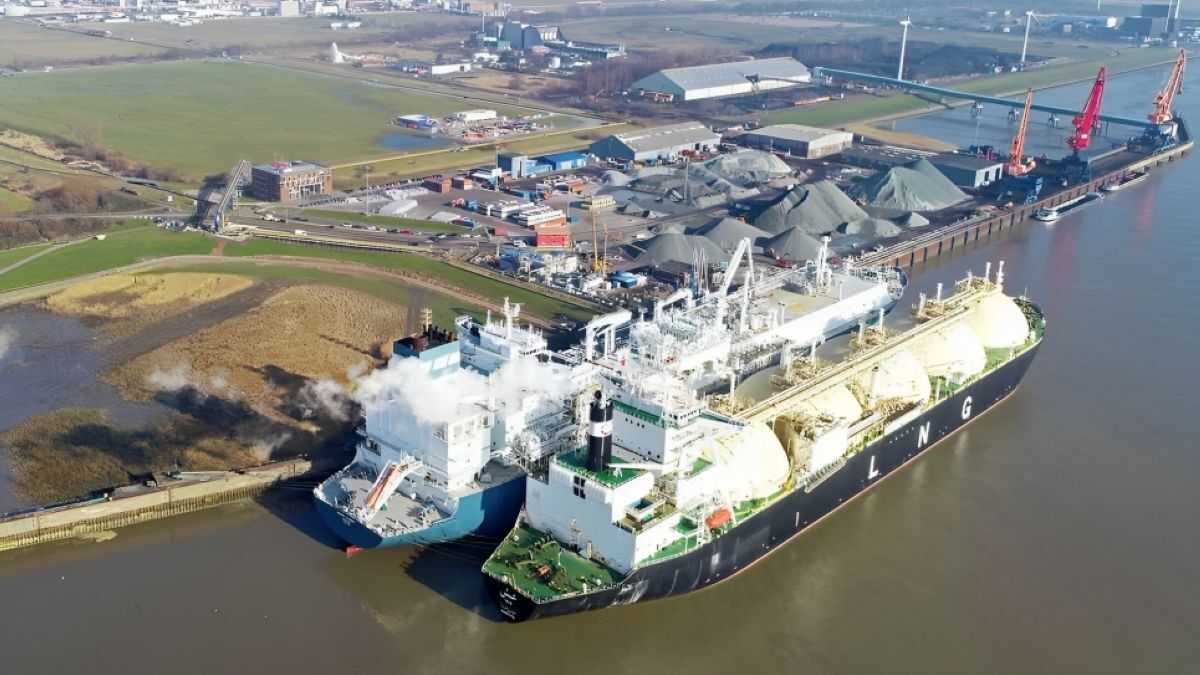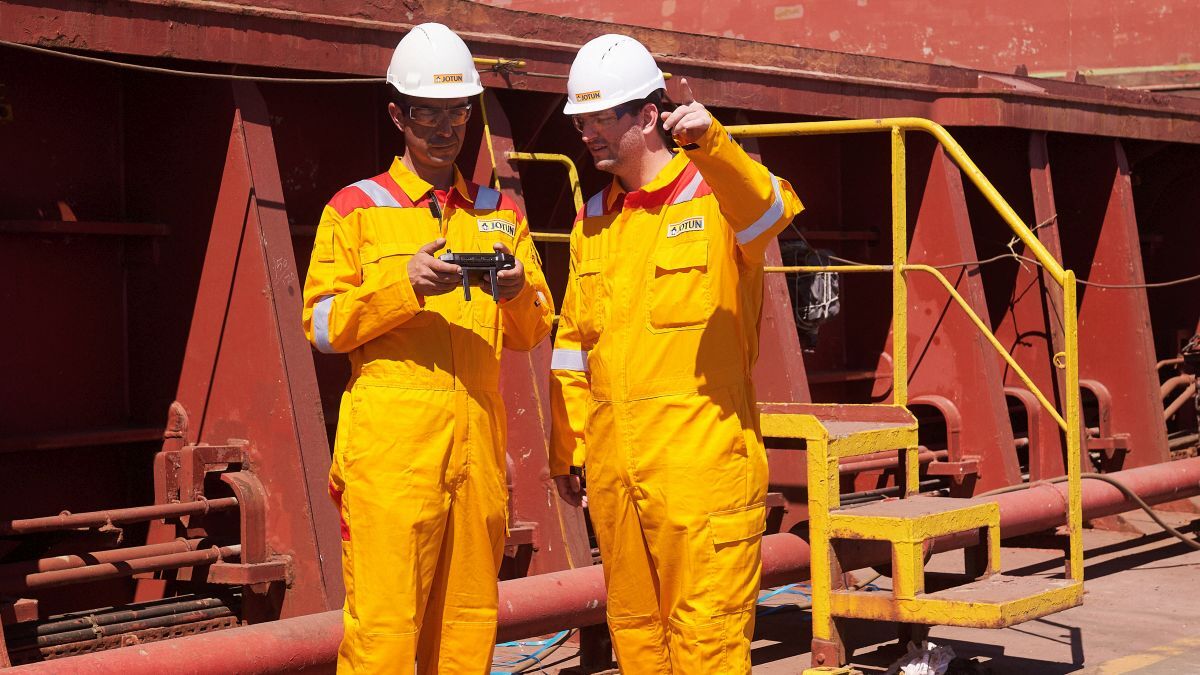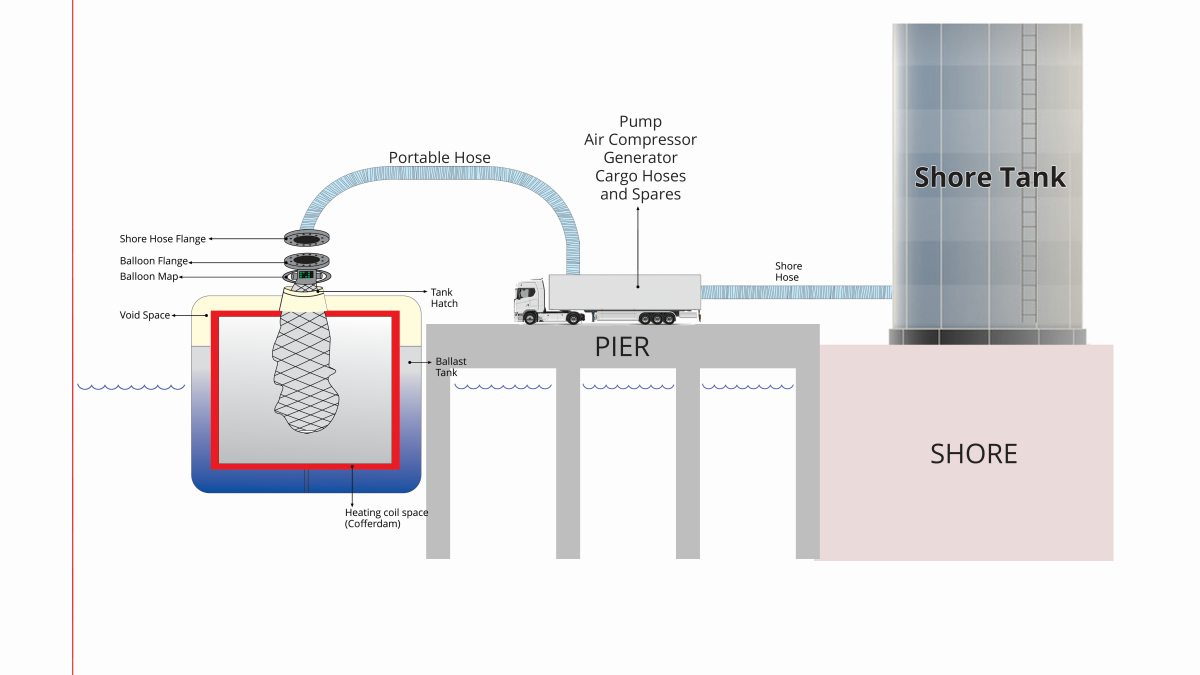Business Sectors
Events
Contents
Register to read more articles.
Tanker and bulk carrier Suez Canal transits surge despite safety risks
Tanker and bulk carrier transits through the Suez Canal have seen a steady increase in recent months, despite the nearby Houthi threat and recent severe attacks on vessels, such as the incident involving Sounion
According to data from Kpler provided to Riviera, 67 tankers crossed the Canal in August, up from 58 in July and 51 in June. This represents an 8% increase in transits since January and a significant 131% surge since May, when only 29 vessels passed through the area, marking the lowest point of 2024.
Similarly, bulk carrier crossings in August have reached their highest level since January. Approximately 74 vessels sailed through the Suez Canal in August, compared with 41 in July and 44 in June. May represented the low point for bulk carrier transits, while in January 2024, 115 ships passed through the Canal.
Container and gas carrier transits
In contrast, container vessel transits remain consistently low, while LNG and LPG carriers have almost disappeared from the Canal. Kpler data shows that 29 container vessels crossed Suez in August, the same number as in July and January. The average number of transits since the start of the year is 27.
As for gas carriers, only two LNG tankers and four LPG tankers sailed through Suez in August.
Throughout 2024, until late August, Kpler tracked 419 bulk carriers, 386 tankers, 215 container vessels, three LNG carriers, and 14 LPG carriers within the Suez Canal.
Premiums and longer routes
Insurance premiums for vessels transiting the Red Sea have soared due to the escalation of the Israel-Palestine conflict and the initiation of Houthi attacks. Greek shipbroking firm Intermodal noted in a recent report that premiums have risen to 1% of the vessel’s value, up from around 0.7% in the early months of the conflict.
This situation has increased demand for older vessels in the secondhand market, which are typically the ones operating near volatile waters, similar to what happened after the Russia-Ukraine war.
Notably, vessels avoiding the Red Sea are required to travel longer distances, often sailing around the Cape of Good Hope. In a recent investor presentation, Navios Maritime Partners, led by Angeliki Frangou, noted container vessel TEU-miles are expected to increase by 16.7% this year, bulk carrier tonne-miles by 4.4%, and product tanker tonne-miles by 7.5%.
Greek research firm Petrofin Research emphasised that while geopolitical factors may temporarily benefit shipping, relying on their effects on tonne-miles is not sustainable in the long term. “Rising transport costs do affect consumer prices and demand over time,” they highlighted.
The Sounion incident
The latest severe Houthi attack on the crude oil tanker Sounion has underscored the risks of sailing through the Red Sea. According to EU Naval Forces Aspides in an X post, the vessel has been on fire since 23 August. Although the crew managed to evacuate safely, the threat of a large-scale oil spill is imminent.
In the latest development, Reuters reported on 29 August that the Houthis will allow tugboats to approach the Greek-owned vessel in the Red Sea. However, Yemen’s rebels made it clear “there is no temporary truce, and the group only agreed to allow the towing after several international parties contacted them.”
Sources within the security intelligence field told Riviera that attacks will continue, warning “worse days are ahead.”
The International Bulk Shipping Conference 2024 will address critical issues shaping the world’s largest shipping sector. Don’t miss out—sign up now to receive exclusive updates and be the first to learn more about this must-attend event. For further details, visit our site.
Related to this Story
Events
Maritime Environmental Protection Webinar Week
Cyber & Vessel Security Webinar Week
The illusion of safety: what we're getting wrong about crews, tech, and fatigue
Responsible Ship Recycling Forum 2025
© 2024 Riviera Maritime Media Ltd.














